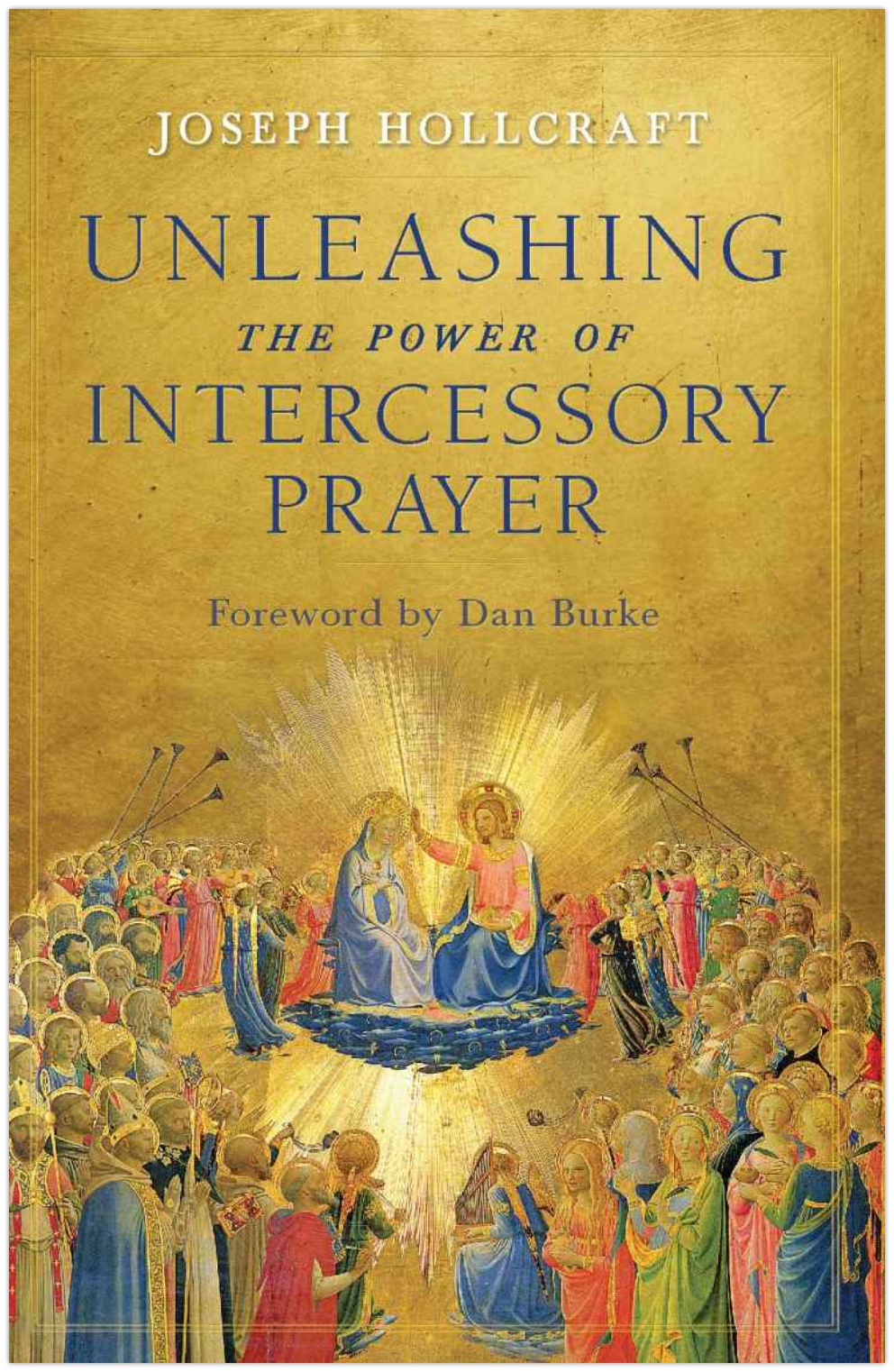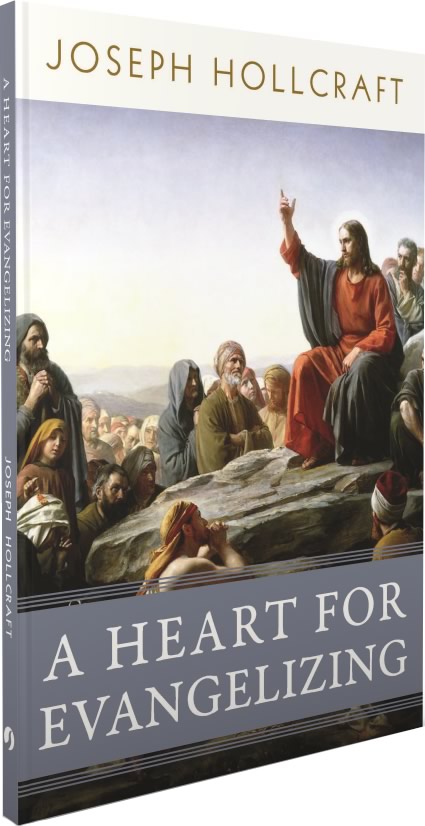The Church is Calling: Be A Mystic!
Often, we hear the word mystic, and think of such words as rapture, ecstasy, visionary, and so on. On one hand, rightfully so, the likes of Saint Padre Pio and Saint John Bosco, to name a few, are known for their “mystical” experiences of bi-location and the like. But there is a broader sense of this word that applies universally -- that sense of encountering the divine via contemplation and the sacramental life.
What is contemplation? Contemplative prayer is “taking time to be alone with him who we know loves us” (Saint Teresa of Avila); “the intense gaze of faith, fixed on Jesus” (CCC, 2715). The word contemplation is derived from the Latin contemplatio, which translates as “the act of looking at.” Saint John Vianney says that contemplation is “me looking at Him and Him looking back at me.” Interestingly, the Latin root to the word contemplation is templum, which translates as “sacred.” Pulling this together, we could say that contemplation is the act of looking at that which is most sacred, the holy face of Jesus; the space where intimacy is shared between two friends. Indeed, the call of the mystic is a call to contemplation!
Now, what about the sacramental life and its relationship to the way of the mystic? The Catechism states. “Spiritual progress tends towards ever more intimate union with Christ. This union is called mystical because it participates in the mystery of Christ through the sacraments – the holy mysteries – and, in him, in the mystery of the Holy Trinity…” (CCC, 2014). The mystical life is not some experience of God that makes us “feel good”, but an encounter with God Himself. “God unites himself with us directly” (Bouyer). (Incidentally, Saint Teresa of Calcutta was said to have mystical experiences of God, in its stricter sense of experiencing visions of Christ, and she now famously wrote of great length about “not feeling the presence of Jesus”). Essentially, the sacraments are about receiving the very identity of God in the Holy Spirit. Once we abide in the sacramental life and encounter Christ, actually being brought into union with Christ, we progress towards becoming the mystic God calls us to be. Again, a mystic is one who has been called by God; one who both contemplates and shares in ‘the holy mysteries’ of Christ.
In this vein, we should understand the Church as more than “an assembly of believers”, “house of God”, or “Body of Christ,” because the Church is the Mystical Body of Christ. We are not baptized into something in the abstract, but into Someone who is real and living – Christ, and his mystical Body. Therefore, by our very participation in Christ, we become mystics!
That being said, I would suggest the Holy Spirit has been preparing the Church for a renewal in this area of becoming a mystic. What do I mean? The Catholic Church has declared thirty-six saints as Doctors of the Church. In other words, thirty-six men and women have been set apart for their sublime explication of the Deposit of Faith and the Church’s doctrine. What is interesting about this number is what you find in the last six declared Doctors of the Church.
*In 1971, Pope Paul VI declared the first woman Doctors: Saint Teresa of Avila (Doctor of Prayer) and Saint Catherine of Siena (Mystic of the Incarnate Word). By all accounts, both mystics.
*In 1997, Pope John Paul II declared Saint Therese of Lisieux a Doctor of the Church (Doctor of Merciful Love), putting her “little way” of mysticism on full display for the Church to contemplate.
*In 2012, Pope Benedict XVI proclaimed Saints John of Avila and Hildegard of Bingen Doctors of the Church. Both mystics -- Saint John for his mystical insights into prayer and the interior life; Saint Hildegard, for her poetic writings and musical composition.
*Lastly, Pope Francis declared Saint Gregory of Narek a Doctor of the Church in 2015. Arguably, another mystic for his added insight into the spiritual life through poetry, philosophy and theology.
In summary, you can claim the last six Doctors of the Church as mystics. Mystics in the broader contemplative and sacramental sense, since all six have contributed insight into the way of contemplation and sacramental union with the Holy Trinity. This contemplative encounter is what enables us to “become the praise and glory of God” (Saint Elizabeth of the Trinity) in all that we do and say. We are all called to this way of life!
Rarely do we envision the call and the responsibility of becoming a mystic ourselves, and yet, as a response to the grace we have received at baptism, the Church sounds the call: dive deep into contemplation and ‘the holy mysteries’ and become the mystic God intended you to be!


